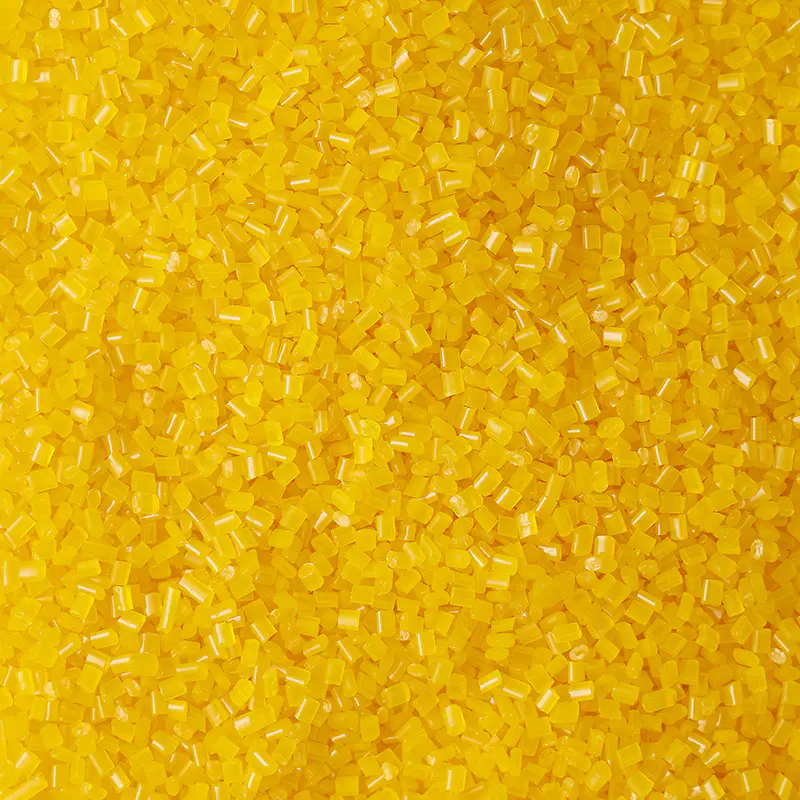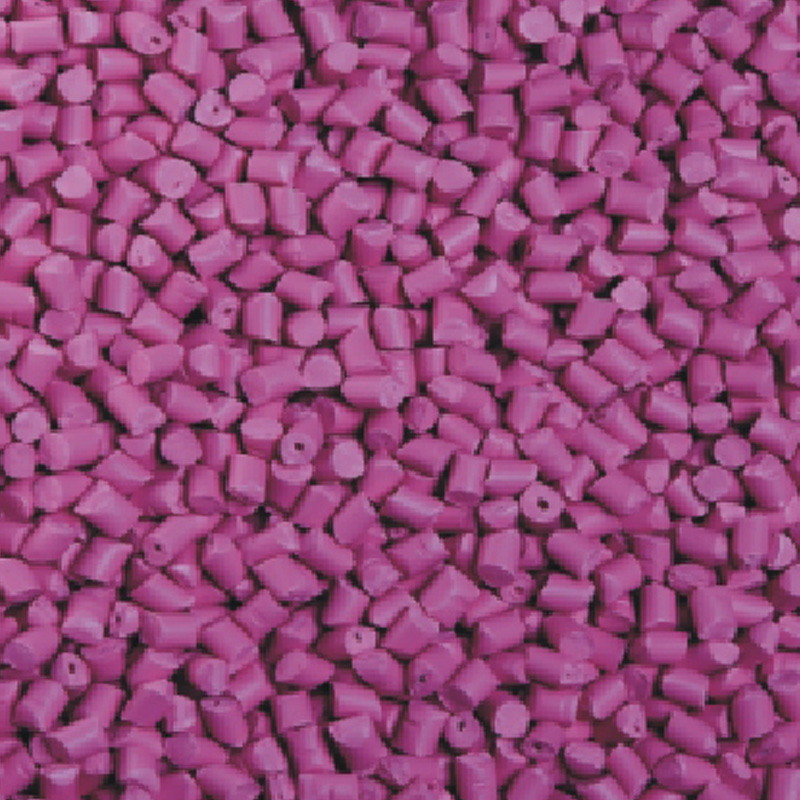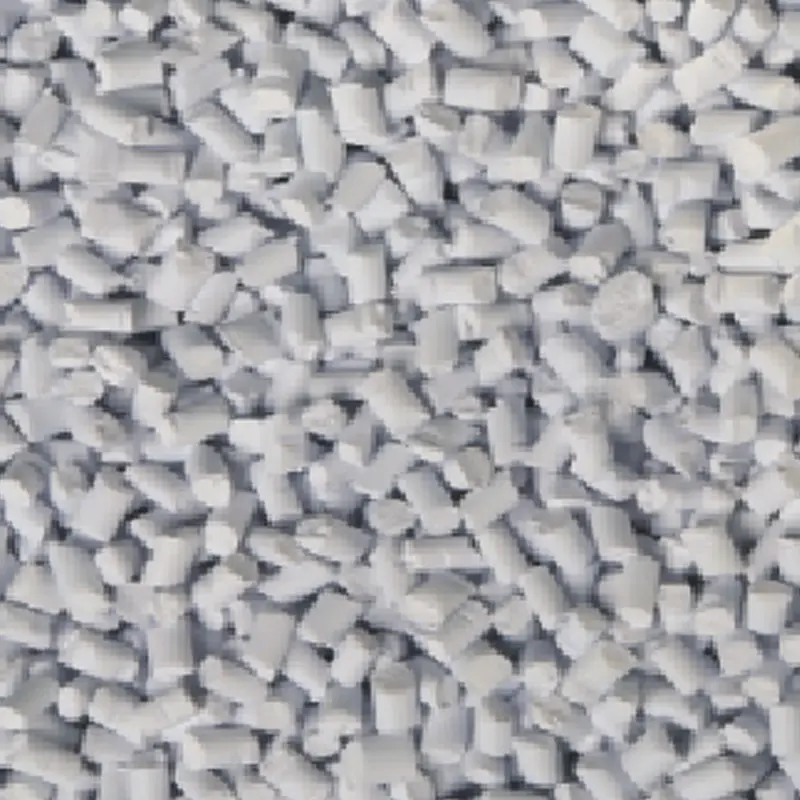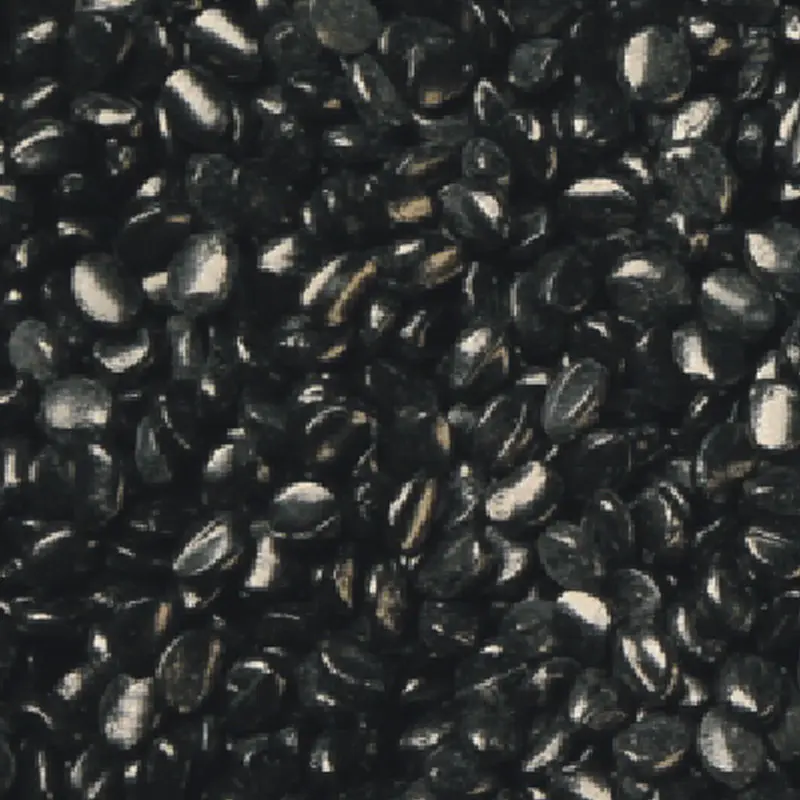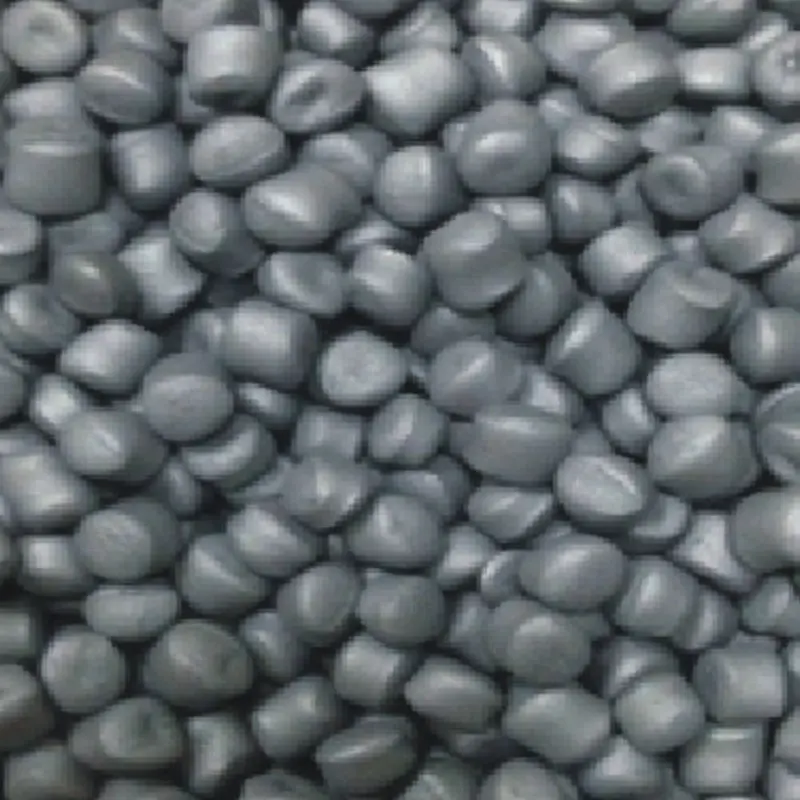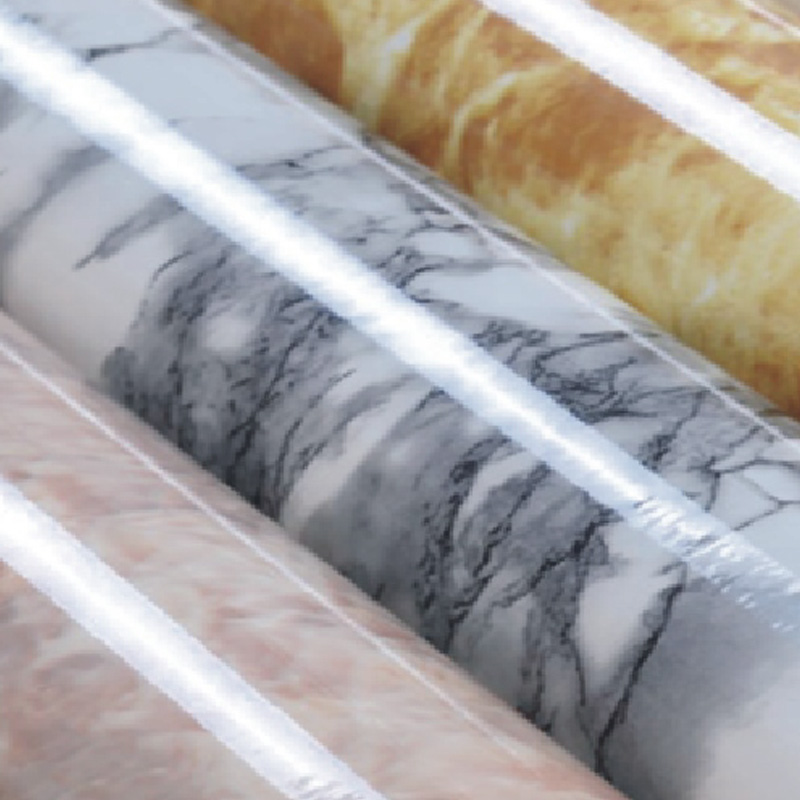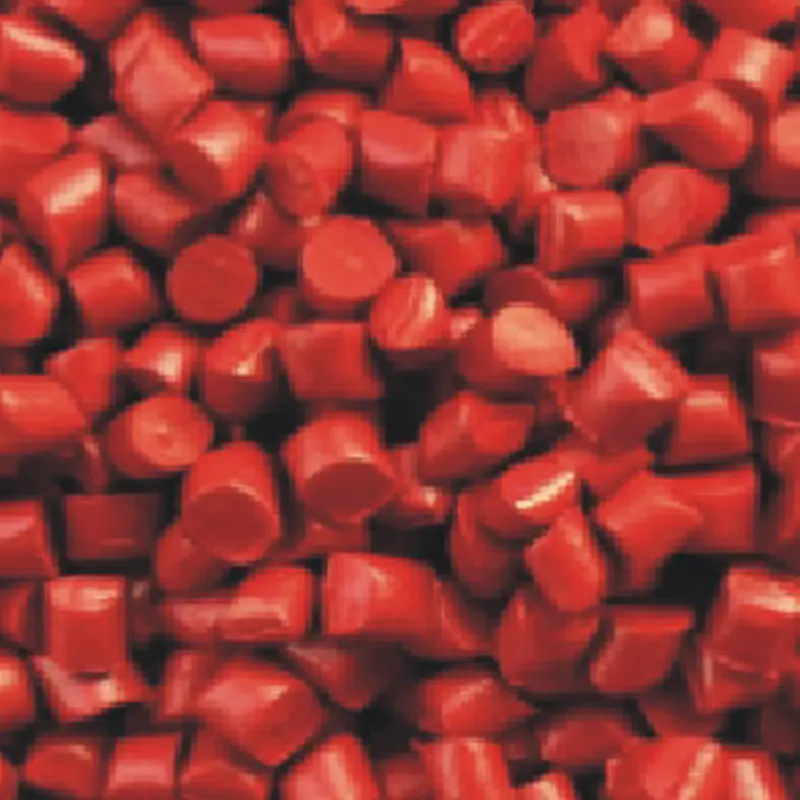High-dispersion color masterbatch plays an important role in plastic injection molding, offering manufacturers a reliable solution to achieve consistent, vibrant colors in their products. Injection molding requires precise control over material properties, including color dispersion, to ensure that the final products meet quality expectations. The development of high-dispersion color masterbatch addresses these needs by providing improved pigment distribution within plastic resins, contributing to better color uniformity and aesthetic appeal.
At its core, a color masterbatch is a concentrated mixture of pigments and additives encapsulated in a carrier resin. This mixture is then blended with the base plastic material during the injection molding process. The quality of the masterbatch affects how well the pigments spread throughout the plastic, impacting both the look and performance of the finished product. High-dispersion color masterbatch is specially formulated to break down pigment particles into finer sizes and distribute them evenly. This reduces color streaking, blotches, or uneven shades that can sometimes occur with lower-quality color concentrates.
One of the key benefits of using a high-dispersion color masterbatch is the improved consistency in production runs. When manufacturing plastic components, especially in large volumes, consistent color across batches is crucial. Variations in color can advance to rejected parts or additional costs due to reprocessing. By ensuring pigments are well dispersed, the masterbatch helps maintain color uniformity from start to finish. This reliability is particularly important in industries such as automotive, consumer goods, and electronics, where product appearance and brand standards are tightly controlled.
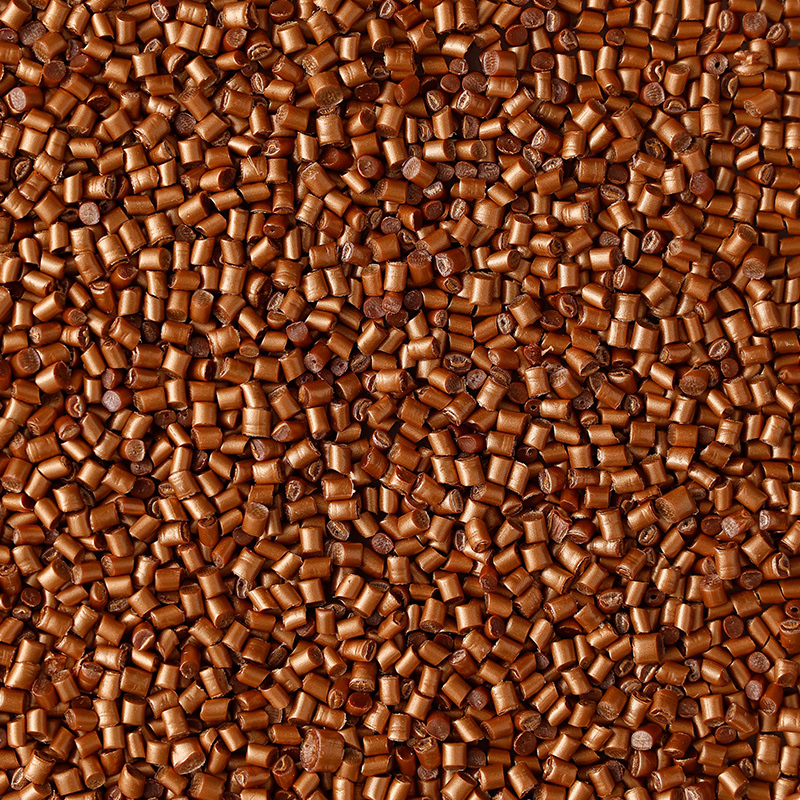
Functional masterbatch goes beyond simple coloration by incorporating additives that provide additional properties to the plastic material. These additives can enhance UV resistance, flame retardancy, anti-static behavior, or even antimicrobial effects. Combining color and function in a single masterbatch simplifies the production process by reducing the number of separate additive steps required. This integration can advance to cost savings and efficiency gains in injection molding operations. For instance, a functional masterbatch with UV stabilizers not only colors the plastic but also protects it from fading or degradation when exposed to sunlight, extending the life of outdoor products.
Injection color masterbatch is designed with the injection molding process in mind. Injection molding involves melting plastic pellets and injecting the molten resin into a mold to form a part. The masterbatch must be compatible with the base resin and processing conditions to avoid defects. High-quality injection color masterbatch melts smoothly and mixes well, enabling faster cycle times and reducing machine downtime. Additionally, the use of well-dispersed pigments can lower the risk of clogging or wear in the injection molding machinery, contributing to more stable production.
The choice of carrier resin in the masterbatch also affects performance. Common carriers include polyethylene (PE), polypropylene (PP), or other polymers compatible with the base resin of the final product. Matching the carrier resin helps maintain mechanical properties and processing behavior, ensuring the masterbatch blends seamlessly during molding. Furthermore, pigment selection plays a role in color strength, opacity, and weather resistance. Organic pigments typically provide bright, vivid colors, while inorganic pigments offer durability and heat stability.
Manufacturers often require masterbatch suppliers to meet specific standards and certifications, depending on the application. For example, food-grade plastics or medical devices require masterbatches that comply with safety regulations. High-dispersion color masterbatch can be produced to meet these stringent requirements, maintaining purity and performance without compromising on color quality.
Overall, the use of high-dispersion color masterbatch designed for plastic injection molding provides a dependable way to enhance product appearance and functionality. Whether it's improving color uniformity, incorporating functional additives, or ensuring compatibility with processing techniques, these masterbatches support efficient manufacturing workflows. For companies looking to optimize their injection molding processes, selecting the right color masterbatch is a critical factor that contributes to both product quality and operational success.

 English
English Español
Español русский
русский
